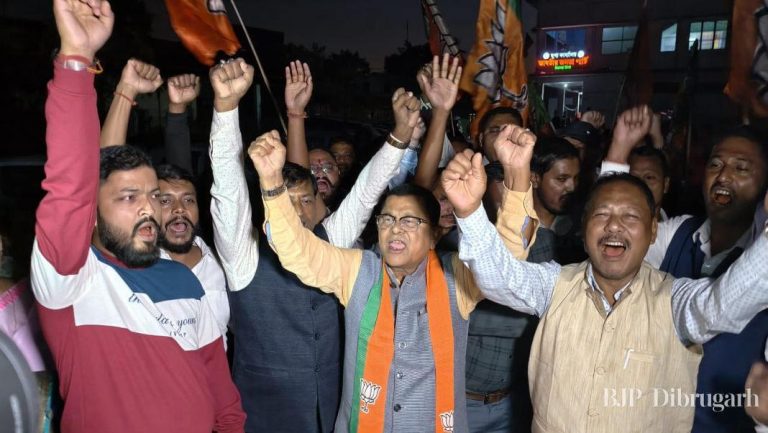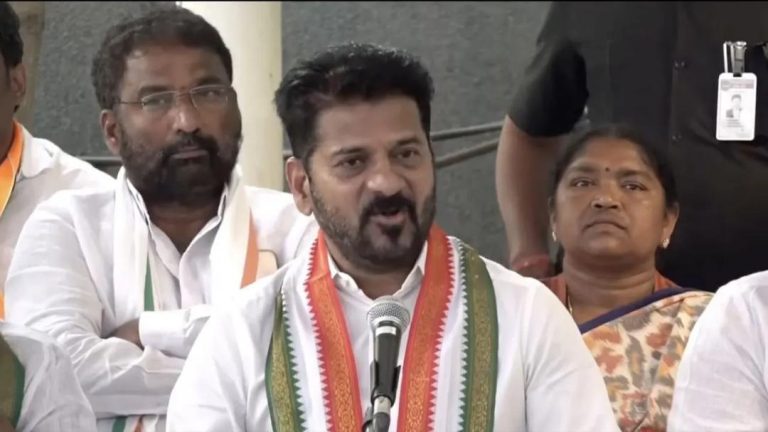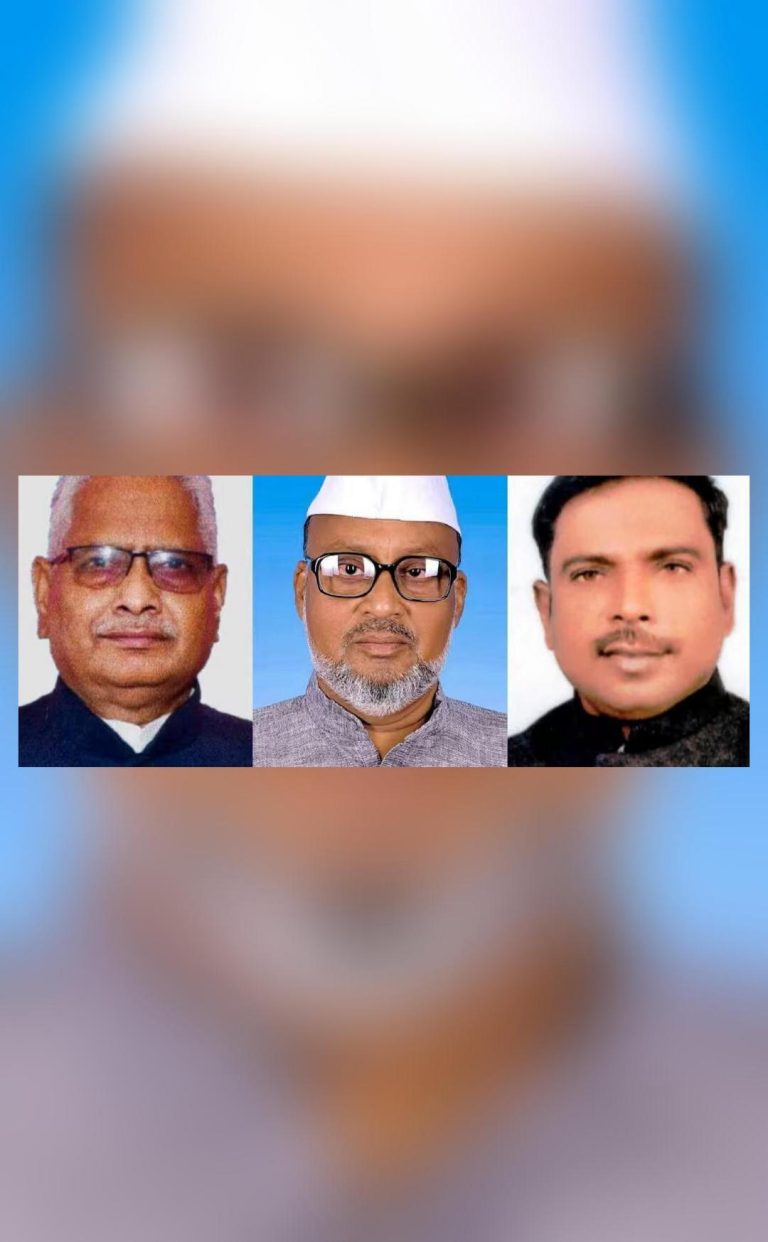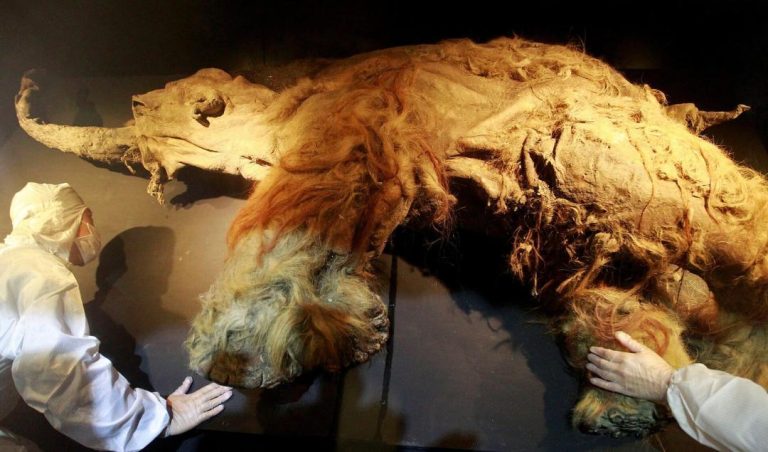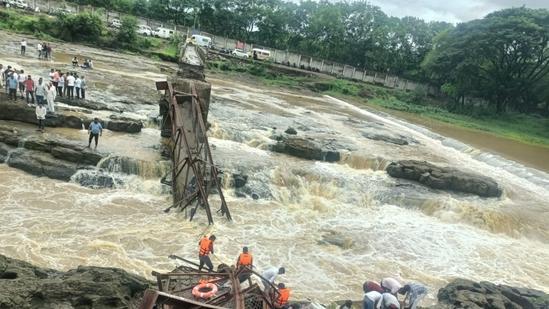
Title: Tourists were banned from bridge that collapsed in Pune but they kept coming: MLA Shelke
The recent collapse of a bridge over the Indrayani river in Pune district has raised several questions about the maintenance and usage of the infrastructure. The bridge, which was constructed nearly 30 years ago, was initially built for the benefit of local farmers. However, as time passed, it became a popular tourist destination, drawing in visitors from all over. Despite being banned from using the bridge, tourists continued to flock to the area, putting additional pressure on the structure.
NCP MLA Sunil Shelke, who represents the constituency, has been vocal about the situation. In a recent statement, he expressed disappointment and frustration at the lack of understanding from the public. “We used to repair it from time to time,” he said, “but people should have understood the situation.”
The collapse of the bridge has left many wondering how such a tragedy could have occurred. The fact that the bridge was constructed over 30 years ago raises questions about the quality of the construction and the maintenance that was performed over the years.
The bridge’s history dates back to the 1990s, when it was built to facilitate the movement of farmers and their produce. Over time, it became a popular tourist destination, with visitors drawn to the scenic views and picturesque surroundings. However, as the number of tourists increased, so did the pressure on the bridge. Despite being banned from using the bridge, many continued to visit the area, putting additional strain on the structure.
The Maharashtra government has announced an investigation into the collapse of the bridge, with officials promising to take immediate action to ensure the safety of all infrastructure in the state. The government has also promised to provide compensation to those affected by the collapse.
The incident serves as a stark reminder of the importance of infrastructure maintenance and the need for public understanding of the risks involved. As MLA Shelke pointed out, the bridge was not designed for mass tourism, and its collapse was a direct result of the pressure placed on it by the public.
The collapse of the bridge has also raised questions about the role of the government in maintaining and updating infrastructure. The government has a responsibility to ensure that all infrastructure is safe and functional, and that the public is aware of any risks involved.
In conclusion, the collapse of the bridge over the Indrayani river in Pune district serves as a stark reminder of the importance of infrastructure maintenance and public understanding. The fact that tourists were banned from using the bridge but continued to come, putting additional pressure on the structure, is a clear example of the risks involved. The government must take immediate action to ensure the safety of all infrastructure in the state and to provide compensation to those affected by the collapse.
